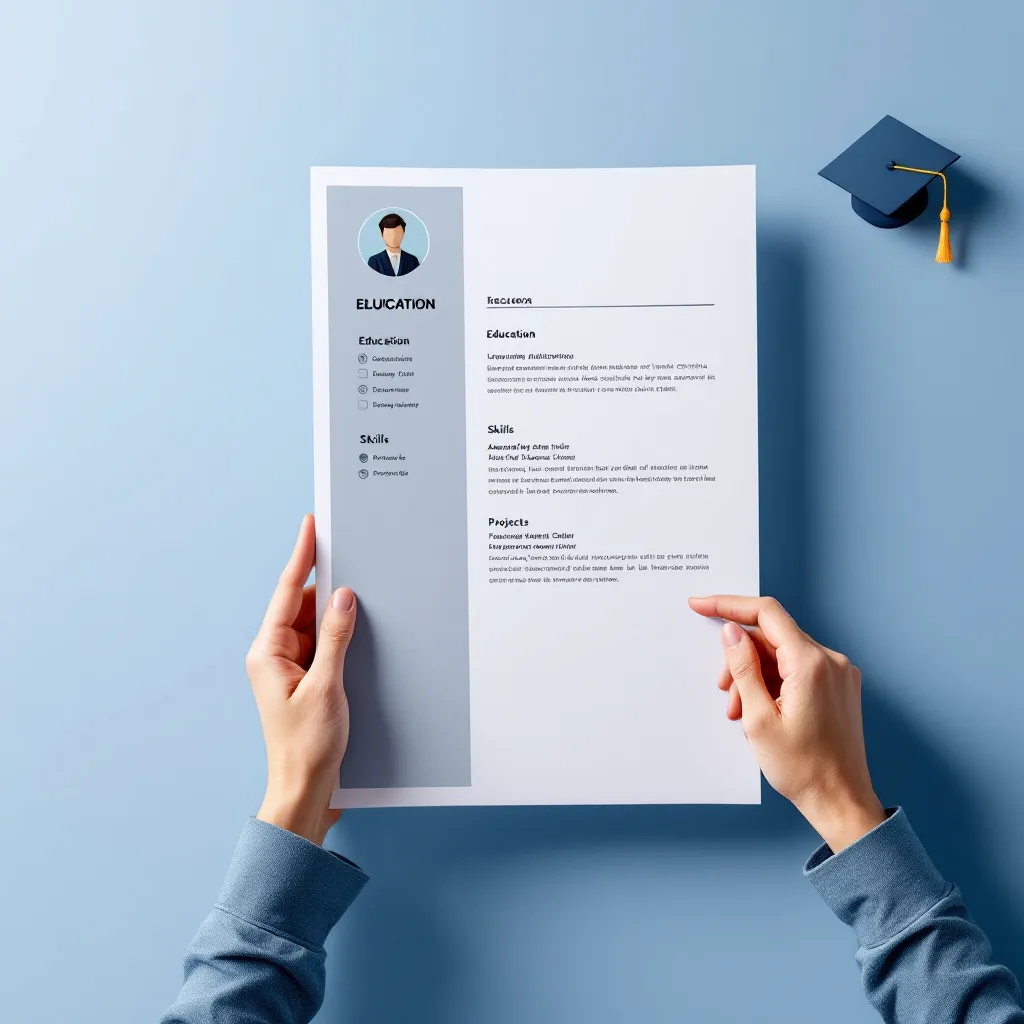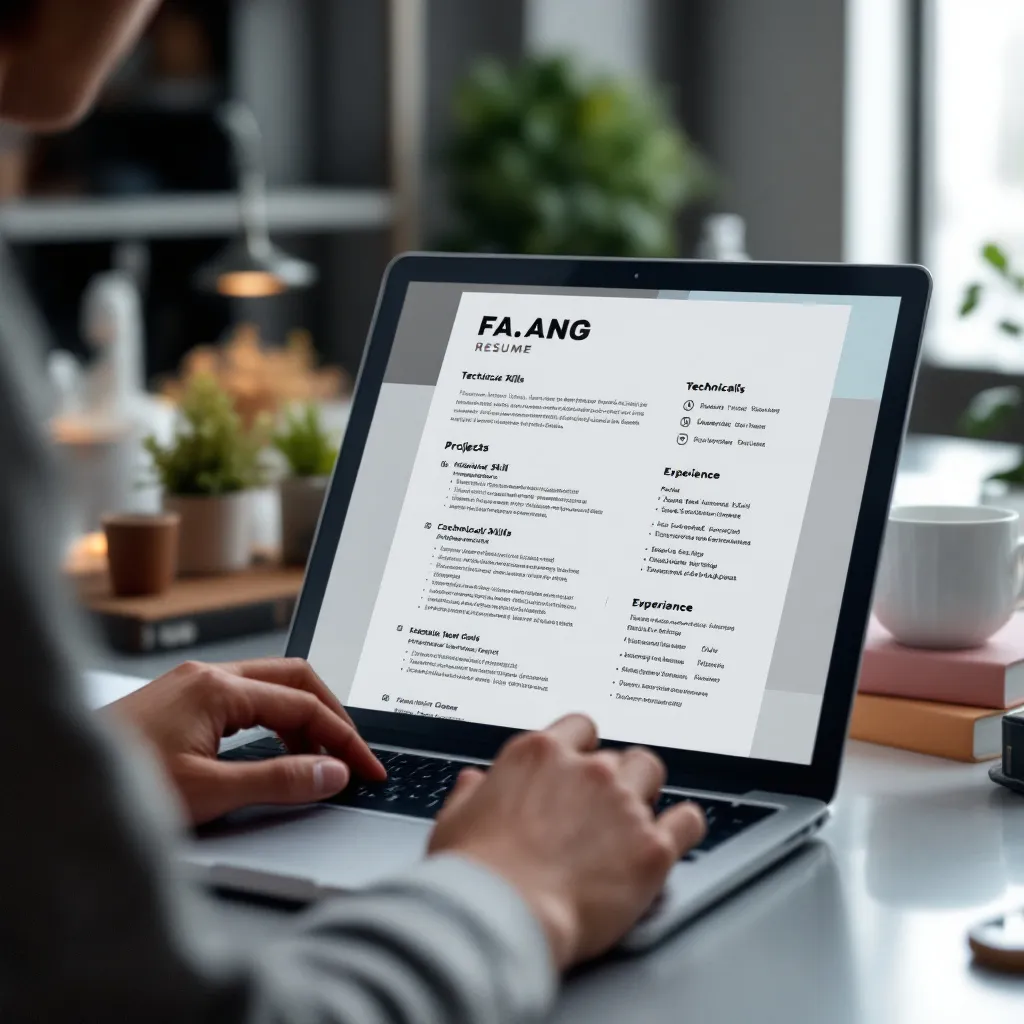In today’s competitive job market, your CV serves as your professional first impression. Whether you’re a recent graduate or a seasoned professional, understanding the fundamental elements of an effective CV can significantly impact your job search success. This guide explores the critical components that make a CV stand out to employers across English-speaking markets.
Essential Elements of a Standout CV
Creating an impressive CV begins with understanding regional expectations. In the US, a resume typically spans 1-2 pages and prioritizes brevity and relevance to the specific role. In contrast, UK CVs often extend to 2+ pages, including comprehensive career histories and academic details, as noted by EF English Live.
Professional Formatting Principles
Regardless of region, clear formatting remains crucial. A well-structured CV should:
- Utilize consistent fonts (11-12pt size for body text)
- Include clearly defined sections with headers
- Maintain adequate white space for readability
- Be saved in PDF format to preserve formatting across devices
When considering resume formatting, remember that recruiters typically spend just 6-7 seconds scanning your document initially. Your formatting should guide their eyes to the most relevant information quickly.
Crafting an Attention-Grabbing Profile
Your personal profile or summary statement serves as the CV’s introduction. This 3-4 sentence paragraph should concisely communicate:
- Your professional identity
- Key qualifications and expertise
- Unique value proposition
- Career objectives relevant to the position
For example, instead of writing “Hardworking professional seeking new opportunities,” try: “Results-driven marketing specialist with 5+ years of experience developing award-winning digital campaigns that increased client conversion rates by an average of 32%.”
Looking at various resume examples can help you understand how effective profiles are structured across different industries.
Showcasing Achievements vs. Responsibilities
One of the most common CV mistakes is simply listing job duties rather than highlighting accomplishments. According to MyPerfectResume, the US approach emphasizes measurable outcomes using bullet points.
Transform responsibility statements into achievement highlights by:
- Including specific metrics and percentages
- Focusing on problems solved and value added
- Using strong action verbs (led, created, implemented)
- Highlighting recognition received
The STAR Method for CV Achievements
The Situation-Task-Action-Result framework provides an excellent structure for presenting achievements:
- Situation: The context or challenge faced
- Task: Your specific responsibility
- Action: Steps you took to address the situation
- Result: The positive outcome, preferably quantified
Example transformation:
- Before: “Responsible for customer service and sales”
- After: “Implemented new customer engagement protocol that increased satisfaction scores by 27% and drove $145,000 in additional quarterly revenue”
For industry-specific examples, such as finance, explore resources on accounting experience examples to see how professionals in your field frame their achievements.
Tailoring Your CV for Specific Opportunities
A generic CV rarely impresses employers. ResuFit helps job seekers customize their applications efficiently through AI-powered optimization. Their platform allows you to paste a job URL and automatically tailor your documents to match specific requirements.
When customizing manually:
- Analyze the job description for key requirements and keywords
- Adjust your profile statement to align with the role’s priorities
- Reorganize experience points to highlight relevant achievements
- Incorporate industry-specific terminology that resonates with ATS systems
Creating a Master CV Document
Develop a comprehensive repository containing all your experiences, achievements, and skills. From this master document, you can quickly extract the most relevant elements for each application. Consider using a resume template that allows for easy customization while maintaining professional presentation.
Common CV Mistakes to Avoid
According to Lingoda, several critical errors can immediately disqualify candidates:
- Including photos and excessive personal details: In the US and UK, exclude age, marital status, and headshots.
- Overstating language skills: Use standardized test results (e.g., “IELTS 8.0”) instead of vague terms like “fluent.”
- Using generic statements: Replace clichés like “team player” with specific examples demonstrating the quality.
- Neglecting keywords: Modern applications are often screened by ATS systems before reaching human reviewers.
The Professional Proofreading Process
Before submission, thoroughly review your CV for:
- Spelling and grammatical errors
- Formatting inconsistencies
- Accuracy of dates and information
- Readability and flow
Consider having someone with industry knowledge review your CV, or explore best cv writing service options if you need professional assistance.
Digital-Age CV Enhancements
Modern CVs can benefit from thoughtful digital elements:
- ATS Optimization: Use plain text formatting and avoid graphics to ensure readability by automated screening tools, as recommended by Enhancv.
- LinkedIn Integration: Add profile links (more common in UK) or QR codes (US) for multimedia portfolios.
- Digital Portfolio Links: For creative roles, include links to online work samples.
Regional differences matter here too. For US applications, explore american resume format sample resources to understand appropriate digital enhancements. Creative professionals might benefit from art resume template examples that balance innovation with professionalism.
Conclusion
Creating an effective CV requires understanding both universal best practices and regional preferences. Focus on showcasing achievements rather than responsibilities, tailor your content to specific opportunities, and maintain professional formatting throughout.
For students or early career professionals concerned about limited experience, free student resume templates can provide guidance on structuring a compelling CV despite minimal work history.
Remember that your CV is a living document that should evolve with your career. Regularly update it with new achievements and skills, and always customize it for each application. Tools like ResuFit can streamline this process, helping you create professionally formatted documents optimized for Applicant Tracking Systems in minutes.
By implementing these essential elements, you’ll create a standout CV that effectively communicates your value to potential employers and significantly increases your chances of securing interviews.




















